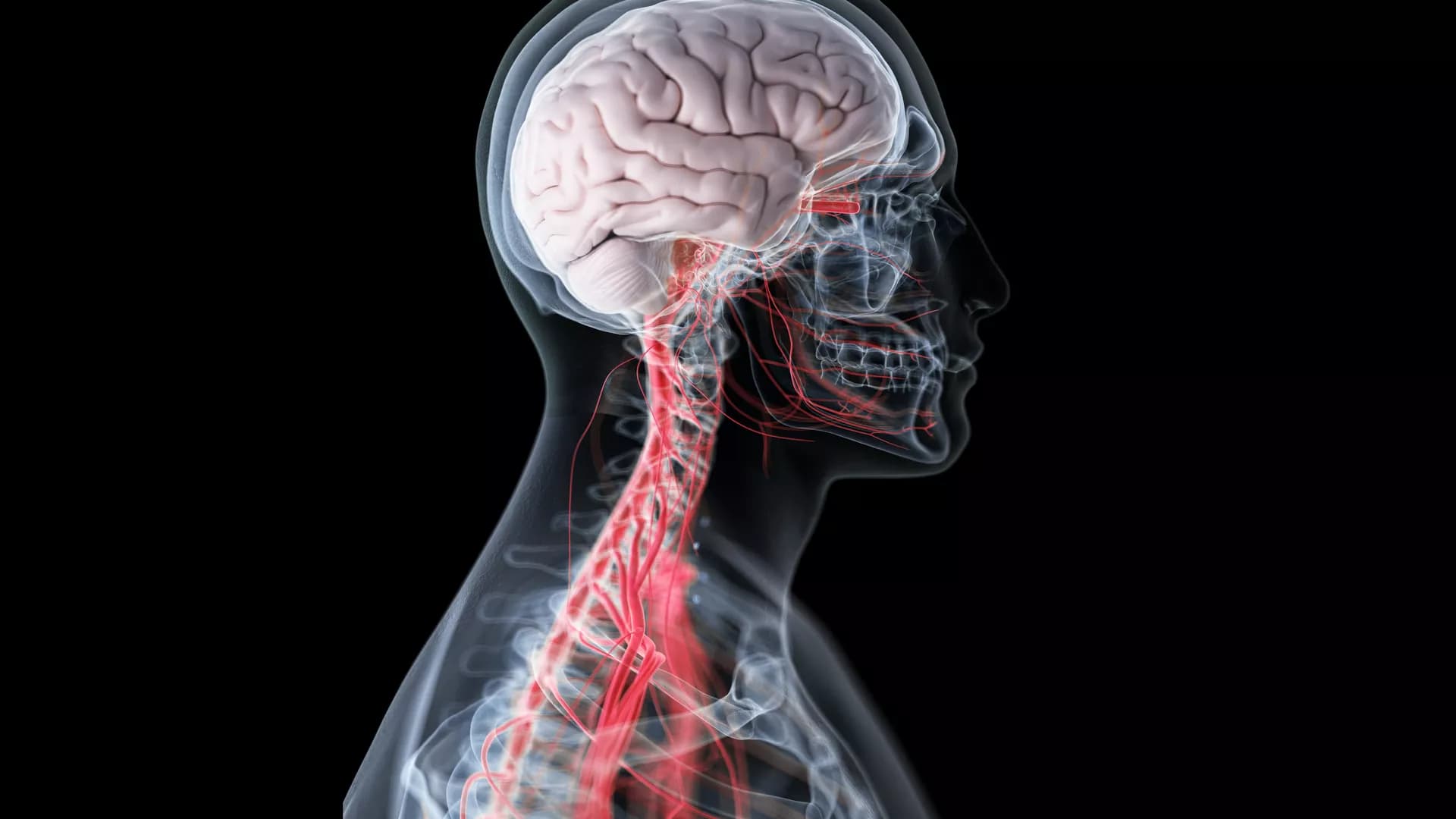In the recent years, gesture recognition based on the surface electromyography (sEMG) signals has been extensively studied. However, the accuracy and stability of gesture recognition through traditional machine learning algorithms are still insufficient to some actual application scenarios. To enhance this situation, this paper proposed a method combining feature selection and ensemble extreme learning machine (EELM) to improve the recognition performance based on sEMG signals. First, the input sEMG signals are preprocessed and 16 features are then extracted from each channel. Next, features that mostly contribute to the gesture recognition are selected from the extracted features using the recursive feature elimination (RFE) algorithm. Then, several independent ELM base classifiers are established using the selected features. Finally, the recognition results are determined by integrating the results obtained by ELM base classifiers using the majority voting method. The Ninapro DB5 dataset containing 52 different hand movements captured from 10 able-bodied subjects was used to evaluate the performance of the proposed method. The results showed that the proposed method could perform the best (overall average accuracy 77.9%) compared with decision tree (DT), ELM, and random forest (RF) methods.
Significant variation in performance in motor imagery (MI) tasks impedes their wide adoption for brain-computer interface (BCI) applications. Previous researchers have found that resting-state alpha-band power is positively correlated with MI-BCI performance. In this study, we designed a neurofeedback training (NFT) protocol based on the up-regulation of the alpha band relative power (RP) to investigate its effect on MI-BCI performance. The principal finding of this study is that alpha NFT could successfully help subjects increase alpha-rhythm power and improve their MI-BCI performance. An individual difference was also found in this study in that subjects who increased alpha power more had a better performance improvement. Additionally, the functional connectivity (FC) of the frontal-parietal (FP) network was found to be enhanced after alpha NFT. However, the enhancement failed to reach a significant level after multiple comparisons correction. These findings contribute to a better understanding of the neurophysiological mechanism of cognitive control through alpha regulation.
Several studies showed evidence supporting the possibility of hand trajectory decoding from low-frequency electroencephalography (EEG). However, the decoding in the source space via source localization is scarcely investigated. In this study, we tried to tackle the problem of collinearity due to the higher number of signals in the source space by two folds: first, we selected signals in predefined regions of interest (ROIs); second, we applied dimensionality reduction techniques to each ROI. The dimensionality reduction techniques were computing the mean (Mean), principal component analysis (PCA), and locality preserving projections (LPP). We also investigated the effect of decoding between utilizing a template head model and a subject-specific head model during the source localization. The results indicated that applying source-space decoding with PCA yielded slightly higher correlations and signal-to-noise (SNR) ratios than the sensor-space approach. We also observed slightly higher correlations and SNRs when applying the subject-specific head model than the template head model. However, the statistical tests revealed no significant differences between the source-space and sensor-space approaches and no significant differences between subject-specific and template head models. The decoder with Mean and PCA utilizes information mainly from precuneus and cuneus to decode the velocity kinematics similarly in the subject-specific and template head models.
Frontiers in Human Neuroscience
Artificial Intelligence Advancements in Neural Signal Processing and Neurotechnology
